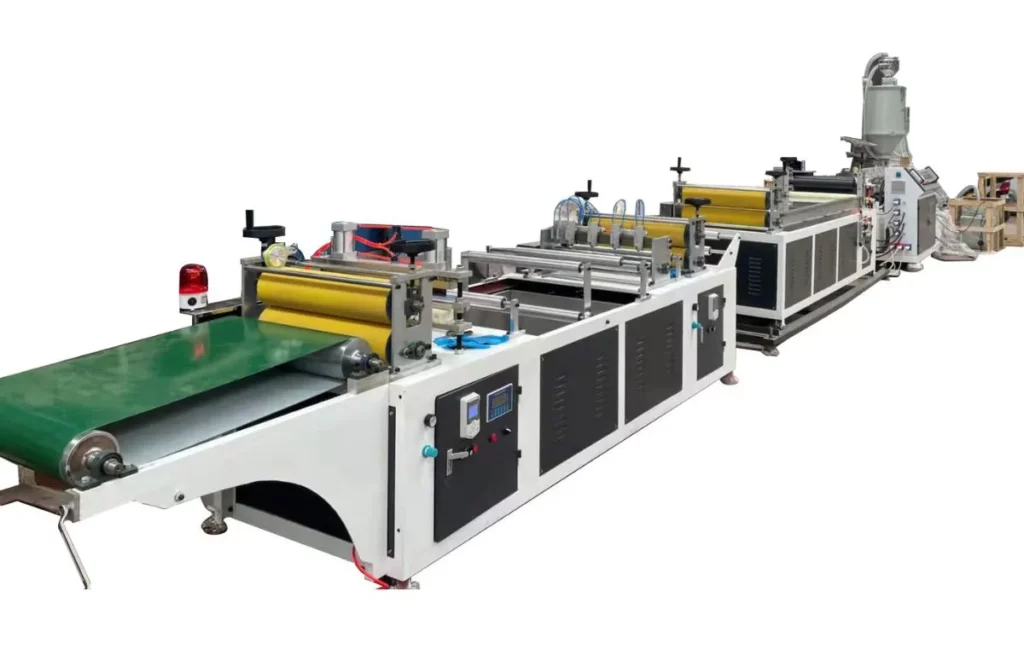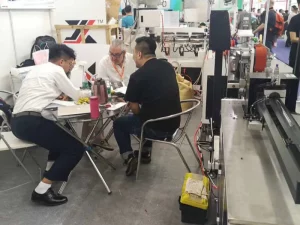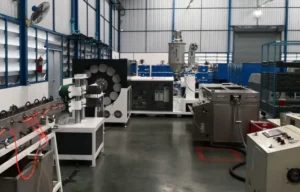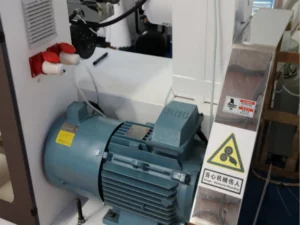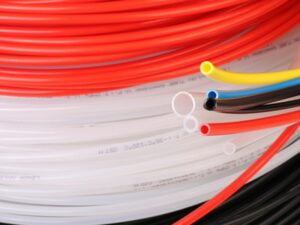This article introduces TPE materials and explores their applications in TPE tourniquet manufacturing. Tourniquets are essential medical devices used to control bleeding and facilitate medical procedures. Using Thermoplastic Elastomer (TPE) raw materials in tourniquet manufacturing has gained significant attention recently. TPE is a versatile material that combines the properties of both thermoplastics and elastomers, making it an ideal choice for various medical applications. This article introduces TPE raw materials and explores their applications in TPE tourniquet manufacturing.
What are TPE Materials?
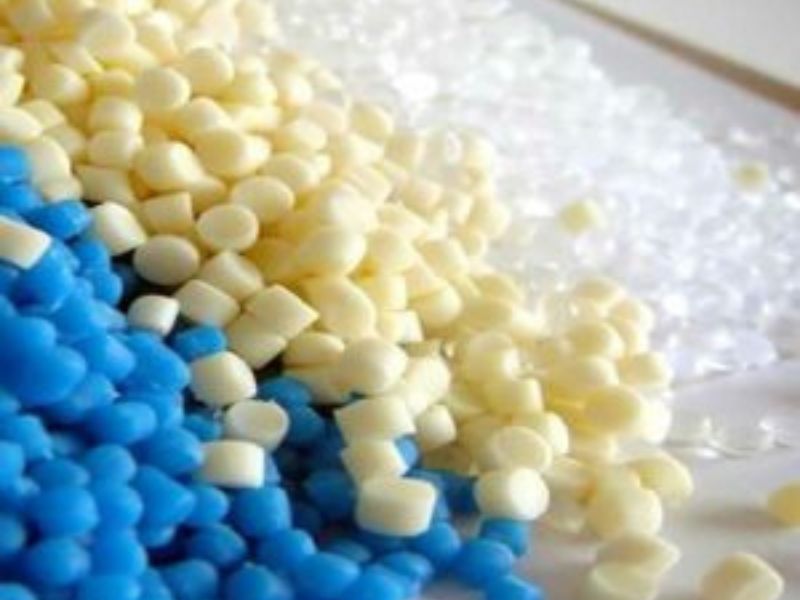
TPE, also known as Thermoplastic Elastomer, is a class of materials that exhibits the characteristics of thermoplastics and elastomers. It is a polymer blend that can be melted and reformed multiple times without significantly degrading its properties. TPE materials offer a unique combination of flexibility, durability, and elasticity, making them suitable for various applications, including tourniquet manufacturing.
Key characteristics of TPE materials include:
- Flexibility: TPEs are highly flexible and can be stretched or compressed while returning to their original shape when the force is removed.
- Ease of Processing: They can be melted and molded using conventional thermoplastic processing techniques, such as injection molding and extrusion. And they can be easily colored, allowing for customization in various applications.
- Elastomeric Properties: TPEs exhibit rubber-like elasticity and softness, similar to traditional rubber materials.
- Wide Range of Hardness: TPEs can vary from very soft (similar to rubber) to relatively rigid (similar to some plastics). This versatility allows them to be used in applications with different requirements for hardness.
- Chemical Resistance: TPEs can be formulated to resist various chemicals, oils, and environmental factors.
- Durability: TPEs resist weathering, chemicals, and UV radiation. They can withstand extreme temperatures, making them suitable for indoor and outdoor applications. TPEs have good tear and abrasion resistance, ensuring long-lasting performance.
- Recyclability: Many TPEs are recyclable, which is beneficial from an environmental standpoint.
The raw material has excellent soft touch, good elasticity, good aging resistance, temperature resistance -50°C to 90°C, can be used in some areas to replace soft PVC, silicone and rubber.
How to make TPE materials?
Thermoplastic elastomers (TPEs) are created through specific manufacturing processes that blend the characteristics of elastomers (rubbers) with the processing advantages of plastics. Here is a general overview of how TPE materials are made:
- Selection of Base Polymers and Additives:
- The first step involves selecting the base polymers. Common polymers used in TPEs include styrene block copolymers (SBCs), thermoplastic polyurethanes (TPUs), thermoplastic olefins (TPOs), thermoplastic vulcanizates (TPVs), and copolyester elastomers (COPEs).
- Additives like plasticizers, stabilizers, fillers, colorants, and reinforcing agents are chosen based on the desired properties of the final product.
- Compounding:
- The chosen polymers and additives are mixed together in a process called compounding.
- This is typically done using twin-screw extruders, which effectively blend the materials under high heat and shear conditions.
- During compounding, the materials are melted, mixed, and homogenized to form a uniform TPE compound.
- Pelletizing:
- After compounding, the TPE mixture is cooled and cut into small pellets.
- These pellets are easier to handle, store, and use in subsequent manufacturing processes.
- Shaping and Molding:
- The TPE pellets can then be shaped into final products using various thermoplastic processing techniques.
- Common methods include injection molding, extrusion, blow molding, and thermoforming.
- During these processes, the pellets are heated until they melt, then formed into the desired shape in a mold. Once cooled, they solidify into the final product.
- Post-Processing:
- In some cases, additional post-processing steps like trimming, painting, or assembly may be required.
- Quality Control:
- Throughout the manufacturing process, quality control measures are taken to ensure that the TPE material meets required standards and specifications.
It’s important to note that the specific processes and materials used can vary significantly based on the type of TPE being produced and its intended application. The versatility of TPEs lies in the ability to tailor their properties by adjusting the formulation and processing conditions to meet specific requirements.
Tourniquet Manufacturing with TPE
Tourniquets play a crucial role in emergency medical situations, surgeries, and blood donation procedures. The use of TPE raw materials in tourniquet manufacturing offers several advantages. TPE tourniquets are highly flexible, allowing for easy application and adjustment around the limb. This flexibility ensures a secure fit and optimal pressure distribution, enhancing the effectiveness of the tourniquet. Additionally, TPE materials have excellent durability, enabling tourniquets to withstand repeated use without compromising their performance.
Advantages of Tourniquet Manufacturing with TPE
TPE raw materials offer several advantages in tourniquet manufacturing. Firstly, TPE tourniquets provide flexibility, crucial for achieving an effective blood flow occlusion. The flexibility allows for easy adjustment and secure placement, ensuring comfort for the patient while maintaining the desired level of pressure. Secondly, TPE materials are hypoallergenic, making them a safe choice for individuals with sensitive skin or latex allergies. This hypoallergenic property reduces the risk of adverse reactions and promotes patient safety.
More importantly, user safety is guaranteed!
The production costs of TPE tourniquets and the production process have been significantly reduced compared to previous rubber products. The cost of use is considerably lower, ensuring that they can be replaced promptly without needing sterilization and reuse.
As shown in the figure below, the use of the dot connection will allow the user to extract the tourniquet more safely and conveniently.
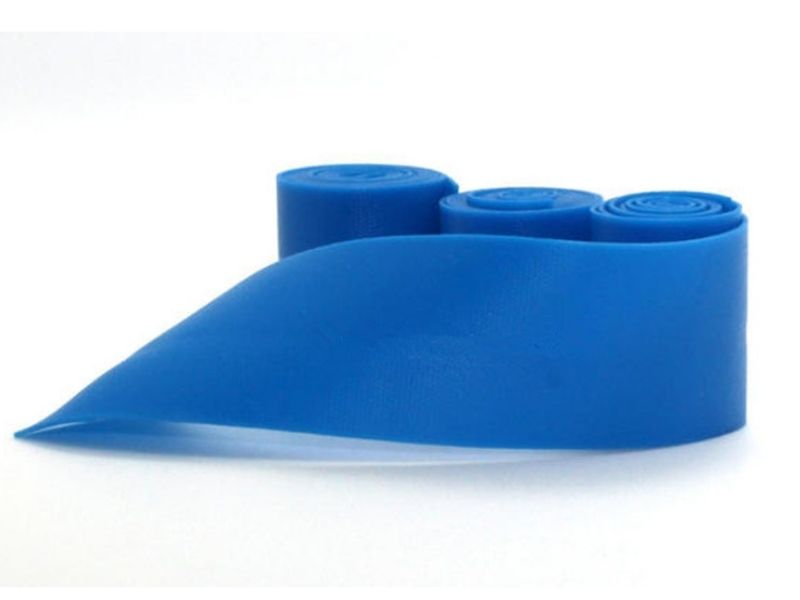
What are the requirements for raw materials to produce TPE tourniquets?
The raw material of TPE is a thermoplastic elastomer modified by blending with SEBS as the base material. Each raw material producer customizes the ratios of the different modified materials according to the customer’s needs. The basic TPE raw material is transparent and white granule; it has good color-matching performance, and customers can decide the color of raw materials.
Basic physical parameters of the raw material:
Hardness: 35-45A Shrinkage rate: 1.2%-1.4% Elongation: 700%-1000% Specific gravity: 0.86
Extrusion:
It is recommended to bake the material at 60°C-80°C for 2 hours before production, and the extrusion temperature is 175°C-195°C.
Conclusion
TPE raw materials have revolutionized tourniquet manufacturing, offering a range of advantages over traditional materials. TPE’s flexibility, durability, and hypoallergenic properties make it an ideal choice for tourniquet production. As the demand for high-quality medical devices continues to grow, understanding the applications and benefits of TPE in tourniquet manufacturing becomes increasingly important. By harnessing the unique properties of TPE, manufacturers can develop tourniquets that provide optimal performance, comfort, and safety for both healthcare professionals and patients.
Tags:
Extrusion Process (1) PA Extrusion (1) Plastic Extruders (3) Reinforced Hose (2) Success Projects (1) TPE Extrusion (1) Troubleshooting (1)
Related Products:
